Servicio de impresión 3D SLA
Fabricación rápida de prototipos y producción de piezas,Piezas tan rápido como 10 días,Inspección 100% para cada pieza
Nuestra certificación ISO 9001 garantiza la calidad de cada lote
- Sin cantidad mínima de pedido
- Fabricado rápidamente en pocos Días
- Prototipos rápidos y series completas
- Más de 30 materiales metálicos y plásticos disponibles
qué es la impresión 3d SLA?
La estereolitografía (SLA), también conocida como estereolitografía, es un tipo de tecnología de prototipado rápido, abreviada como SLA, y a veces también denominada SL. Esta tecnología es la primera tecnología de prototipado rápido desarrollada, y es también una de las tecnologías de prototipado rápido más profundas, maduras y ampliamente utilizadas.
La tecnología de estereolitografía utiliza principalmente resina fotosensible como materia prima, y enfoca láser (luz ultravioleta) de longitud de onda e intensidad específicas sobre la superficie del material fotocurable, para que se solidifique de punto a línea y de línea a superficie en secuencia, completando así el dibujo de una sección de capa. A continuación, la mesa de impresión se eleva y desciende en dirección vertical mediante una unidad de grosor de capa, y luego se irradia y cura la siguiente capa. De este modo, el proceso de curado y desplazamiento se completa en un ciclo, de modo que se imprime una entidad tridimensional capa a capa.
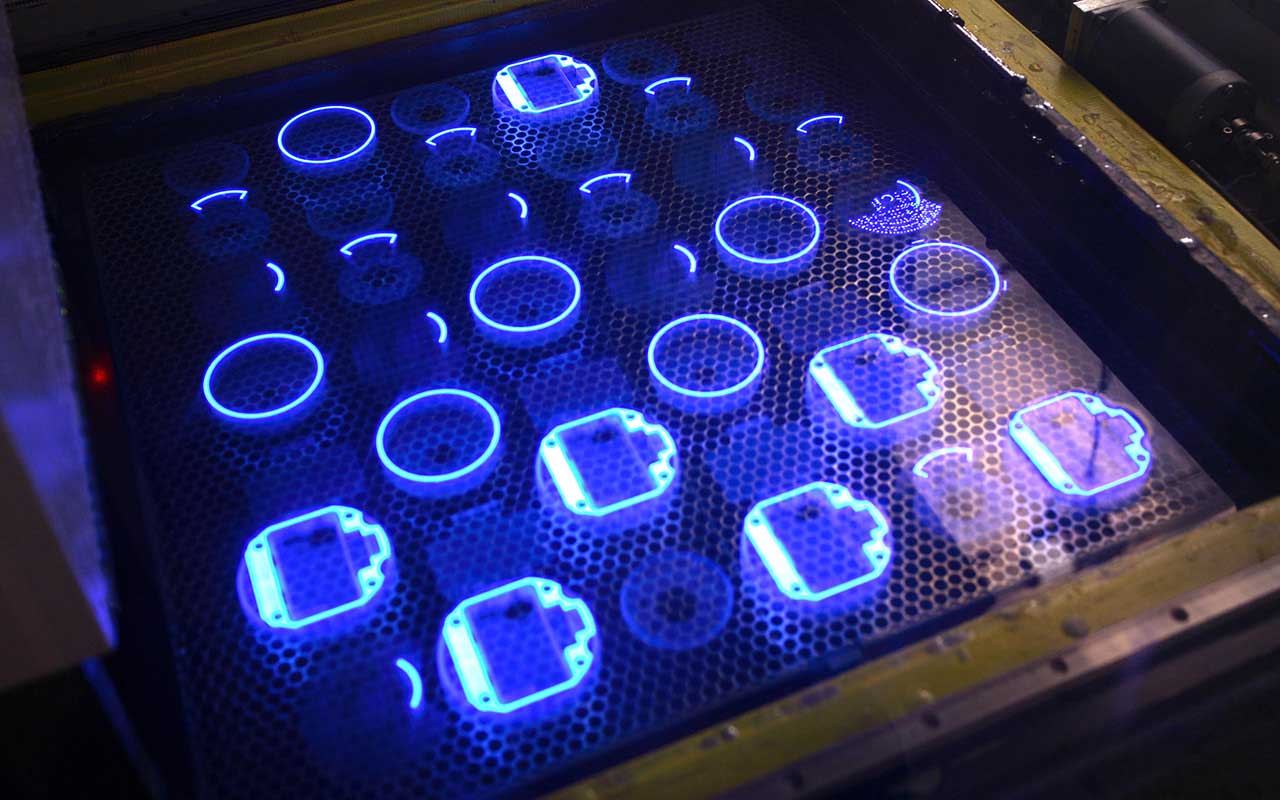
Características de la impresión SLA
La tecnología SLA se caracteriza por una alta precisión, una buena calidad superficial y una tasa de utilización de materias primas casi asombrosa 100%. Puede utilizarse para imprimir y producir piezas con formas especialmente complejas y detalles finos, y es muy adecuada para la creación rápida de prototipos de piezas de pequeño tamaño. Sin embargo, la desventaja es que los precios de los equipos y las materias primas de impresión son relativamente caros. En la actualidad, la tecnología SLA se utiliza principalmente para fabricar moldes, modelos, etc. Al mismo tiempo, también puede utilizarse para sustituir a los moldes de cera en la fundición a la cera perdida añadiendo otros ingredientes a las materias primas. Aunque la tecnología SLA tiene una velocidad de impresión rápida y una gran precisión, como el material de impresión debe basarse en resina fotosensible, y la resina fotosensible se encogerá inevitablemente durante el proceso de curado, lo que provocará tensiones o deformaciones, una dificultad importante en la promoción actual de esta tecnología es la necesidad urgente de materiales fotosensibles con una contracción pequeña, un curado rápido y una gran resistencia.
La tecnología SLA ofrece una precisión de impresión excepcional, a menudo submilimétrica o incluso micrométrica.
Esto permite crear modelos con superficies lisas y detalles intrincados.
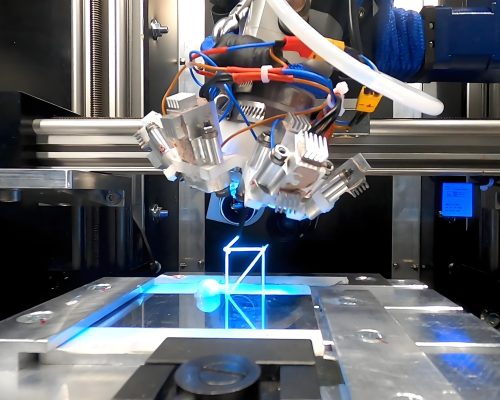
Además, principios técnicos similares a los de SLA han llevado al desarrollo de algunas tecnologías relacionadas, como DLP (Digital Light Processing), LCD.A diferencia del proceso de formación gradual de SLA de punto a línea y de línea a superficie, la tecnología DLP utiliza principalmente la luz dinámica de dispositivos digitales de microespejo para curar una capa de resina al mismo tiempo, por lo que la velocidad de impresión es más rápida.
Sin embargo, como las impresoras DLP utilizan una irradiación de luz pixelada, en los bordes de la capa aparecen sutiles artefactos que parecen "escalones", lo que afecta a la precisión de las piezas moldeadas, y el tamaño de moldeo es menor que el de la SLA.
En cuanto a la tecnología LCD, se puede entender simplemente que la fuente de luz de la tecnología DLP se sustituye por LCD, pero la precisión y la velocidad de impresión se reducen, y la vida útil de las pantallas LCD no suele ser larga.
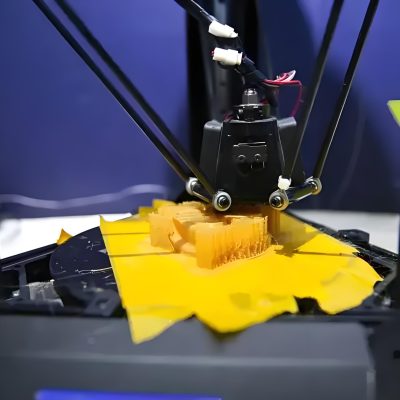
Ventajas de la tecnología de impresión SLA
(1) La tecnología SLA apareció pronto y tiene un alto grado de madurez técnica tras años de desarrollo.
(2) Rápida velocidad de impresión, cómodo proceso de reacción fotosensible, corto ciclo de producción del producto y sin necesidad de herramientas de corte ni moldes.
(3) Textura exterior lisa. Los componentes producidos por SLA poseen una textura exterior excepcionalmente lisa y suave, lo que los convierte en una opción excelente para crear prototipos visualmente atractivos.
(4) Uso eficiente del material. Las impresoras SLA son famosas por su eficiente utilización de la resina líquida, con un mínimo de material residual tras la impresión. A menudo, esta resina sobrante puede reciclarse o reutilizarse, lo que minimiza los residuos de material y mejora la sostenibilidad.
(5)La tecnología SLA mantiene una impresión de alta resolución constante en todo el volumen de impresión, lo que garantiza una calidad y precisión uniformes incluso en impresiones de gran tamaño. Esta característica permite crear detalles intrincados y superficies lisas, mejorando la calidad general del producto final.
(6) Alta precisión de impresión, puede imprimir prototipos y moldes con estructuras complejas o difíciles de realizar con la tecnología tradicional.
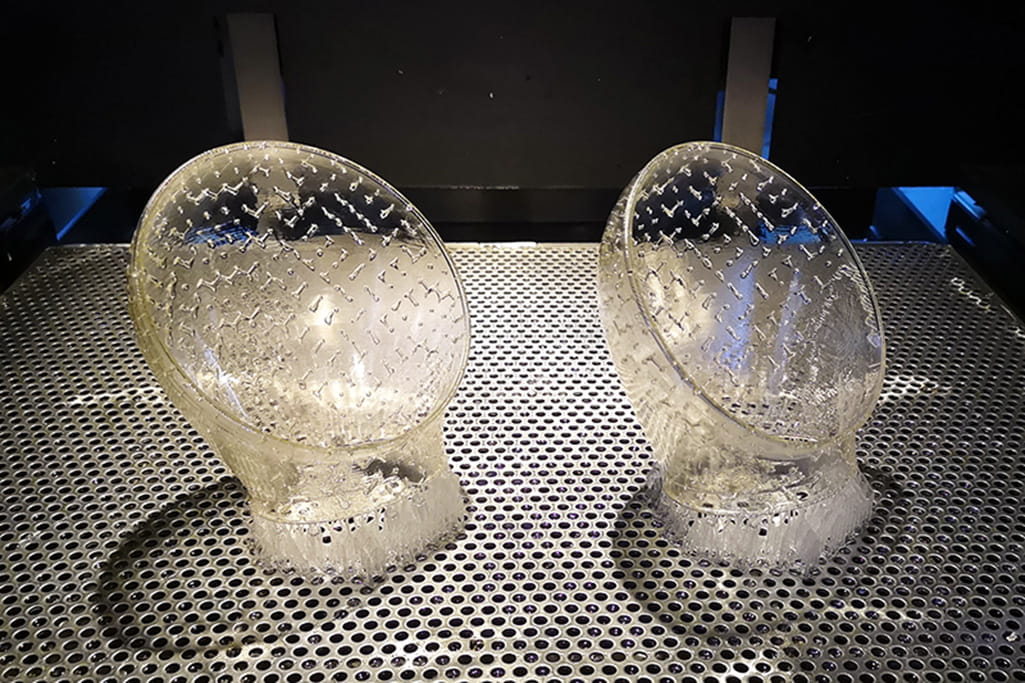
Desventajas de la tecnología de impresión SLA
(1) Se requiere una operación de precisión con líquidos tóxicos, y el entorno de trabajo es exigente.
(2)Opciones de material y sensibilidad UV limitadas. La impresión SLA se limita principalmente al uso de resinas, lo que puede restringir la fuerza, rigidez y resistencia al calor de los productos finales. Esta limitación hace que los artículos impresos por SLA sean menos adecuados para aplicaciones que requieren una gran durabilidad o un uso a largo plazo. Además, ciertas resinas utilizadas en la impresión SLA pueden ser susceptibles a la degradación UV, lo que provoca decoloración, degradación de la superficie y debilitamiento estructural con el paso del tiempo. Esta sensibilidad a los rayos UV puede limitar aún más la longevidad y la utilidad de las piezas impresas mediante SLA, especialmente en entornos exteriores o de alta exposición a los rayos UV.
(3) Fragilidad de las piezas SLA. Las piezas impresas con SLA tienden a mostrar fragilidad, lo que puede limitar su idoneidad para prototipos funcionales. Esta característica hace que la impresión SLA sea menos idónea para aplicaciones que requieren durabilidad, resistencia o un uso repetido.
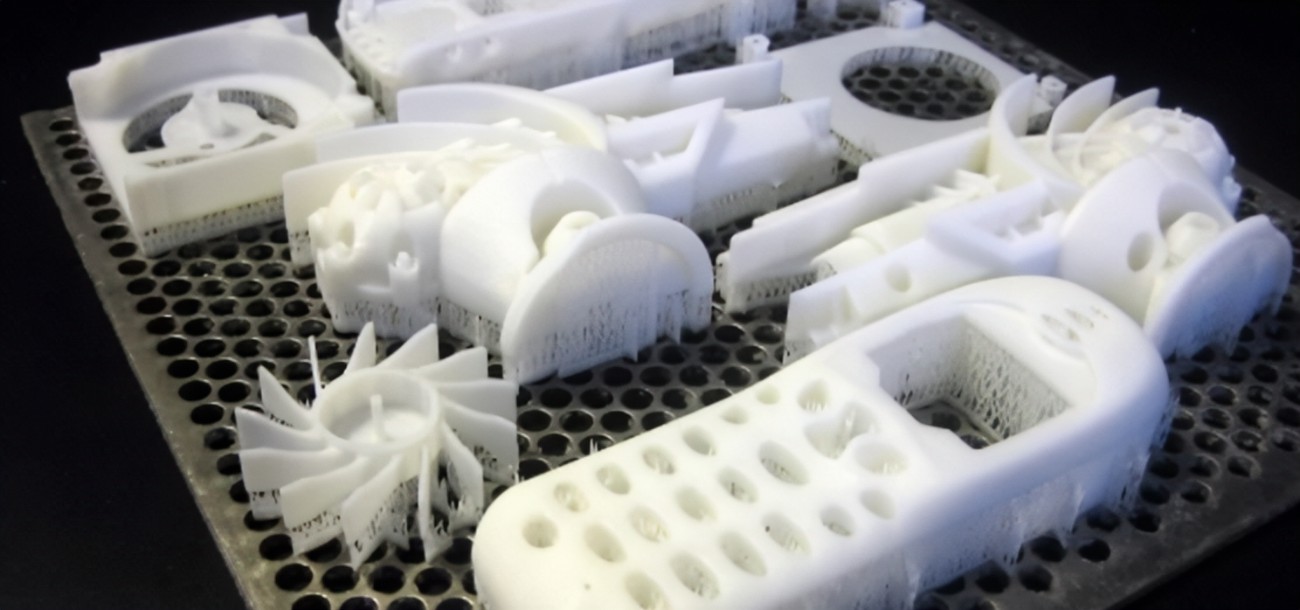
(4) Requisitos de postprocesado. Las piezas impresas mediante SLA suelen someterse a un proceso de postcurado con luz UV para mejorar las propiedades del material, como la dureza y la durabilidad. Sin embargo, este paso adicional puede alargar el plazo de entrega total, ya que requiere tiempo adicional para el curado. También añade complejidad al proceso de impresión, lo que puede incrementar el coste total debido a la necesidad de equipos especializados y mano de obra adicional.
Otras capacidades de fabricación
Estamos especializados en impresión 3D, mecanizado CNC, fundición en vacío, moldeo por inyección y fabricación de chapa metálica, ofreciendo una amplia variedad de materiales y acabados superficiales.
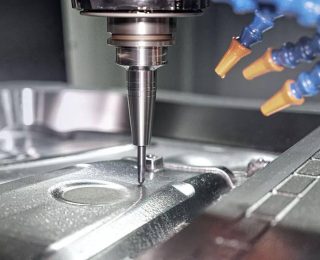
Mecanizado CNC
Disponemos de centro de mecanizado de composites fresado-torneado, 3 ejes estándar, 5 ejes continuos, fresadora de 3+2 ejes, taladrado y postprocesado utilizando más de 50 metales y plásticos diferentes, disponibles en más de 15 acabados superficiales. Tolerancias hasta ±.0000394" (0.001mm )
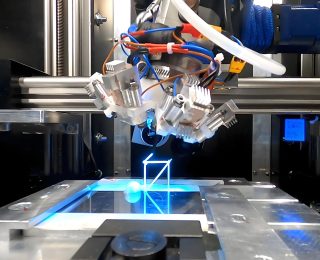
Fabricación de chapas metálicas
HOFeng está equipada con soldadura CO2 robotizada, pulido robotizado, soldadura láser robotizada, soldadura láser de plataforma, cortadora láser, soldadura láser manual, punzonadora CNC, plegadora, desbarbadora automática para mejorar la velocidad y la capacidad de hacer frente a las aplicaciones de producción en masa.
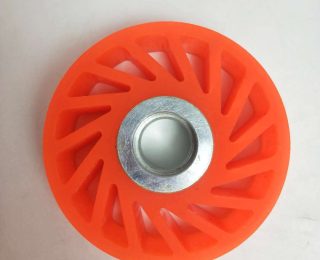
Servicios de fundición de uretano
Haciendo para la creación rápida de prototipos y la producción de piezas,Piezas tan rápido como 10 días,100% inspección para cada part.Our ISO 9001 Certified entregar calidad de grado con cada batch.We son los expertos en materiales de poliuretano en su desarrollo de productos
